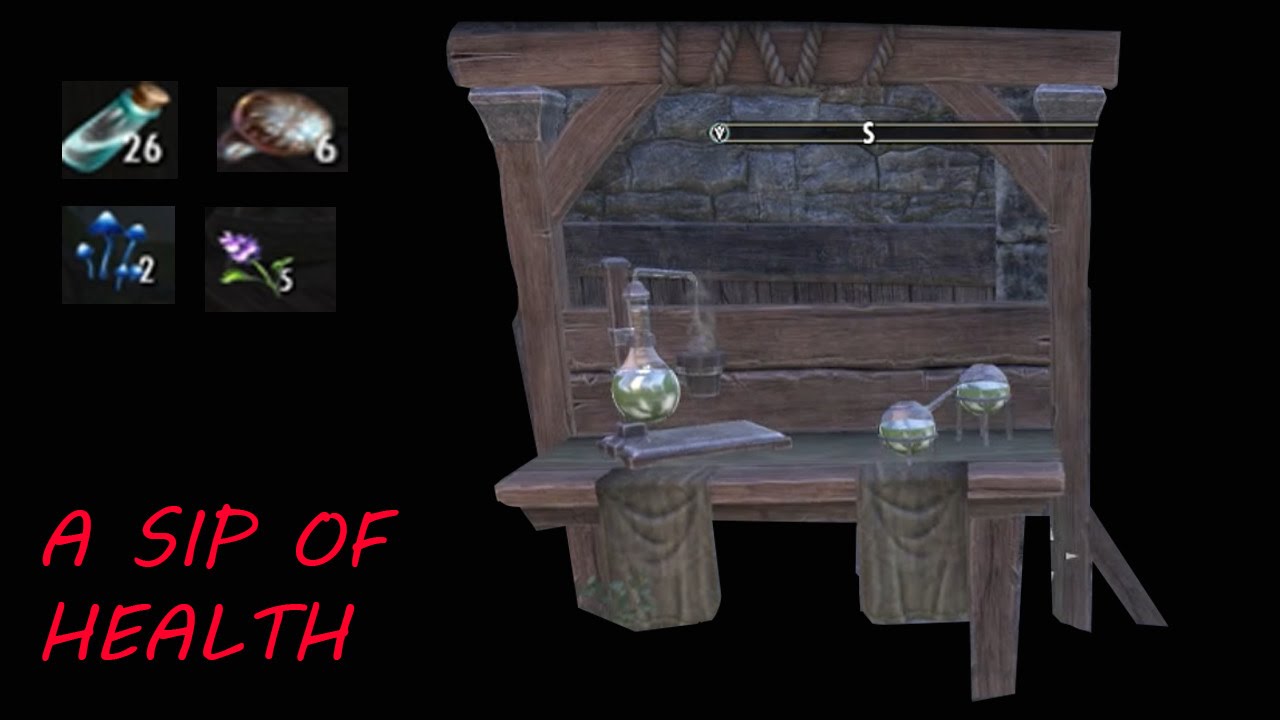

Select either Global or Specific territories:.


Click the filter bar and select Issue type Ownership conflict APPLY.Remove ownership info in bulkįrom the Issues page, you can remove ownership info for many asset ownership conflicts at once: To check the status of your ownership conflicts, go to the Issues page and filter by Issue type Ownership conflict, then click Status and choose Action required, Waiting on, or Resolved. If you have a question for a content owner, you can click Email owner next to their name. A message template addressed to their email will pop up.If you want to remove ownership on multiple assets, go to the next section, Remove ownership info in bulk. It will revoke your ownership of that asset from the territories you’ve selected. REMOVE OWNERSHIP: Select this option if you've incorrectly or mistakenly asserted territorial ownership for an asset.ADJUST OWNERSHIP: Select this option if your territorial ownership is accurate and you want to request an ownership transfer from the other content owner(s).Select either ADJUST OWNERSHIP or REMOVE OWNERSHIP:.Click the checkbox next to a territory or territories.You can filter the list by Territory or Other party.This page shows details about the territories where that asset’s ownership is in conflict. The Ownership conflict page will open.In the Issue column, click an Ownership conflict link next to an Asset title.You can remove your ownership, request an ownership transfer, or message the content owners: If different content owners set different match policies (track, monetize, block) for the same asset’s claims, the most restrictive policy gets applied.įrom the Issues page, you can find more details about the other content owners asserting ownership in the same territories as you.Active monetization claims based on the asset’s reference are typically postponed until the conflict is resolved.


 0 kommentar(er)
0 kommentar(er)
